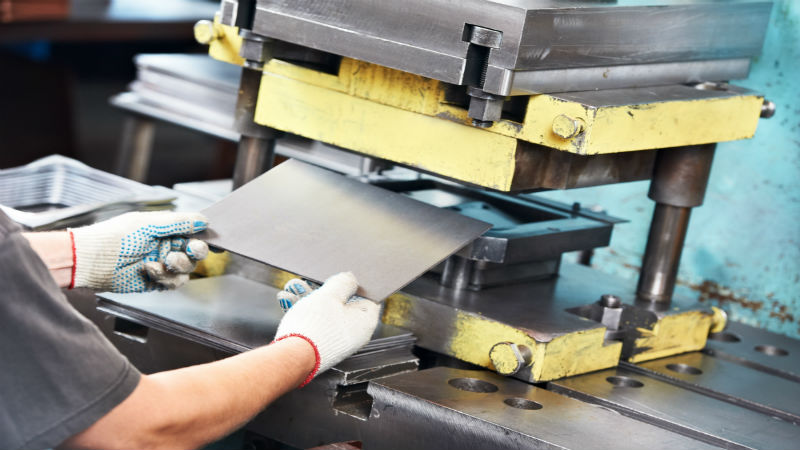There are many different types of welding processes, and each has its advantages when used with various metals and alloys. Today, thanks to the benefits of technology, most of these welding options are available through conventional welding as well as robotic welding.
Conventional welding, which is done by a trained welder, has long been the gold standard for creating durable joints for both prototyping as well as for production. However, with any type of manual welding operation, there are slight variations in the weld. Setting up robotic processes to complete the welding on small to large volume orders can remove these variations and provide precision welding services between parts and components in the same order and across orders over time.
Faster Processing
The use of robotic welding also speeds up the process. The robotic system never gets tired or takes a break, and it can operate around the clock with faster production than possible with conventional welding.
At the same time, this faster production does not have any loss of weld quality or consistency. This translates into less waste and no need to continually quality check welds after the process is completed.
Multiple Programmed Welds
The use of robotic welding also allows the fabrication shop to program the system once for the part or component, even if there are multiple joints involved in the fabrication. Once this program has been saved to the system and the equipment set up, all that is required is operator oversight.
One operator can monitor multiple robotic arms, and changing from one job to another is as easy as simply changing the control program. As the robotic arm is controlled exactly the same for every weld, precision is a natural outcome of this fabrication choice.
A significant benefit to an OEM with the use of a robotic system is a reduction in the cost of production. Higher production rates, less waste, and precision quality control all create savings the fabrication shop can pass on to customers.


